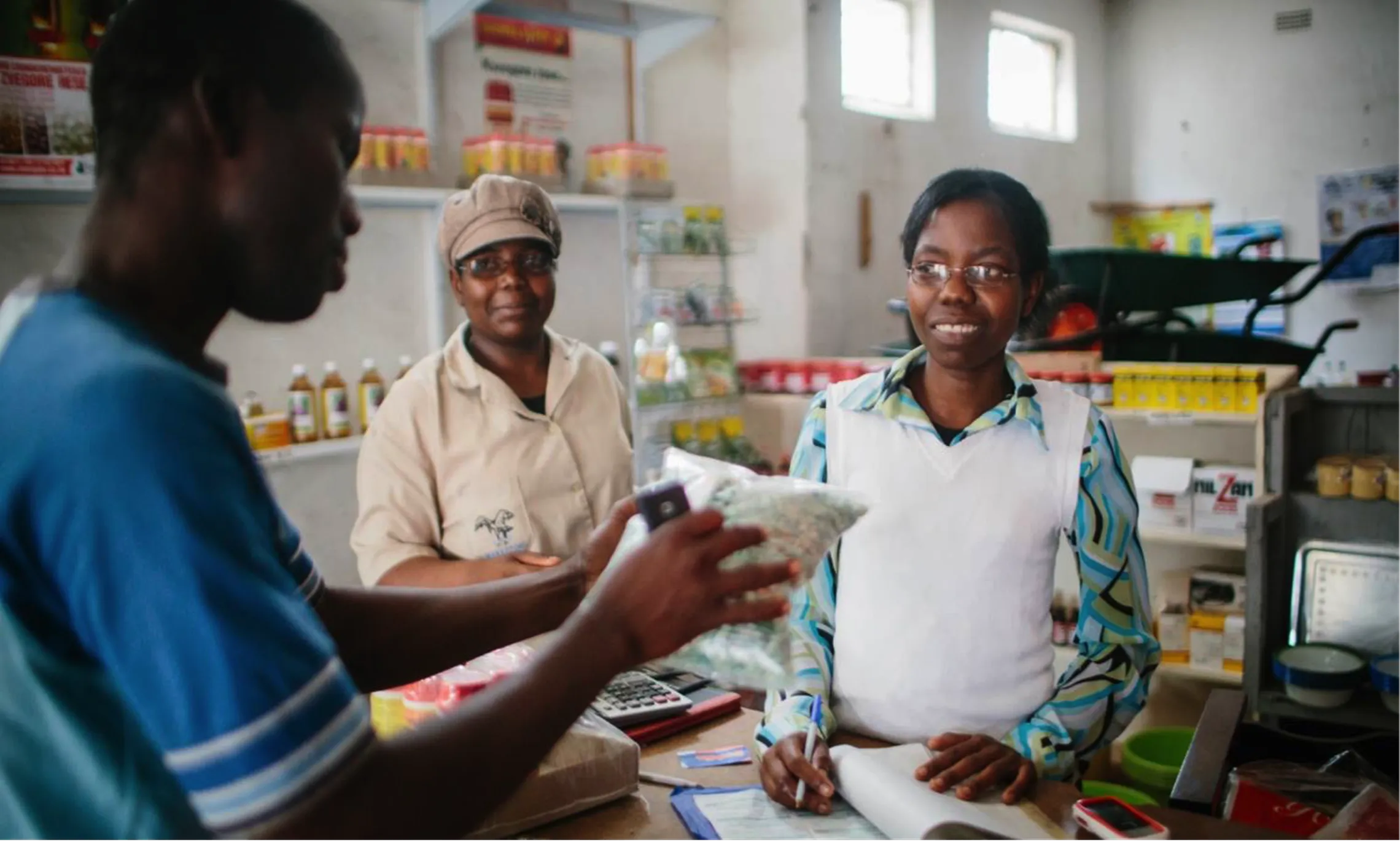Lessons from within: SNV South Sudan learns from Zimbabwe, Kenya

How can an international organisation operating in 39 countries across three continents ensure its doing the best job possible for the people it serves? There’s outside training, conferences, calling in experts, reading. SNV South Sudan decided another way was to learn what colleagues learned the hard way: through on-the-ground experiences.
A “young” office in SNV’s nearly 50-year history of working in smart development, South Sudan opened in 2005. Its agriculture sector has continually adapted tools to ensure employees and advisors are delivering—and smallholder farmers are receiving—knowledge necessary to improve yields, use natural resources wisely, and tap into markets to improve incomes. After all, that’s why donors provide the funds.
This summer, SNV Sudan took field trips. Not with farmers. Rather, employees travelled to SNV Zimbabwe and SNV Kenya to learn first-hand how experiences in those countries could be adapted into business models for Sudanese farmers. The visits were part of the South Sudan Livelihoods Development Project funded by the International Fund for Agricultural Development (IFAD).
Engorok Obin, Andrew Emilio, and Thomas Ojjali designed their visits to identify business models that can be adapted to the context of South Sudan. The learning experience covered both programming models and programme management issues. The team also visited local farmers and agribusinesses in the two host countries.
“Our main conclusion from the visits is that, despite the different historical contexts and operating environment, South Sudan can learn lessons from both Zimbabwe and Kenya to promote market-driven approaches intended to support smallholder farmers to increase production and incomes, create jobs, and contribute to food security,” the three said in a report.
“The challenges include changing the mentalities of farmers to shift away from subsistence to commercially oriented farming,” the three concluded. “Making agriculture profitable is a big challenge because of the poor state of the physical infrastructures and the high cost of agriculture inputs and services.”
Yet visits to Kenya livestock markets and their communities showed Obin, Emilio, and Ojjali first-hand how smallholders can make systemic changes that improve entire communities.
The Kolama Community Wildlife Conservancy in northern Kenya is a classic example of how pastoralists can increase arid land productivity. With the slogan “more grass, healthier animals, and healthier people”, the Samburu pastoralists of Kolama are increasing land productivity through natural regeneration processes such as planting grass, animal bunching, and cutting unpalatable tree species.
The Lolkuniyani Livestock Market in Samburu demonstrates what happens when government cooperates with local communities in service delivery. The market-management model brings together local authorities and pastoral communities in a collaborative arrangement that increases income and helps resolve conflicts between pastoralists and local farmers. Similarly, a community livestock management trust in Kiserian, the Maasai area of Kenya, demonstrates what dedicated advisory services by SNV can lead to—an entrepreneurial institution that literally creates sustainable markets to serve local communities and contribute to job creation and increased incomes.
In the face of input and service challenges, the South Sudan team studied the experiences of one of the most sustainable outcomes of SNV work in the creation and nurturing to maturity of the Zimbabwe Agricultural Development Trust (ZADT). ZADT is an institutional product that grew out of work in value chain financing and was created through the advisory activities of SNV in partnership with government and donors. ZADT is now self-sustaining and has a capital base of more than USD 30 million from donor grants. SNV Zimbabwe also has a partnership with the Export Trading Group which is a model that advances inclusive business and provides input financing services for smallholder farmers.
The main conclusion from the visit is that the challenges faced by smallholder farmers in all the three countries are similar in nature, only differing in degree, the Sudanese visitors noted. For instance, farmers in all the three countries face constraints related to access to affordable inputs and the capacities to get the right volumes and quality needed by the market.
One difference is the private sector. For instance, farmers in Zimbabwe and Kenya have easier access to input and output markets as well as financial services when compared to South Sudan farmers. Another difference is that South Sudan farmers are less literate than their Kenyan and Zimbabwean counterparts.
“These similarities and difference among the farmers from the three countries means SNV South Sudan can adapt and apply some of the business models that have been used in the other two countries to support smallholder farmers and contribute to SNV’s impact on alleviating poverty,” the three reported.
